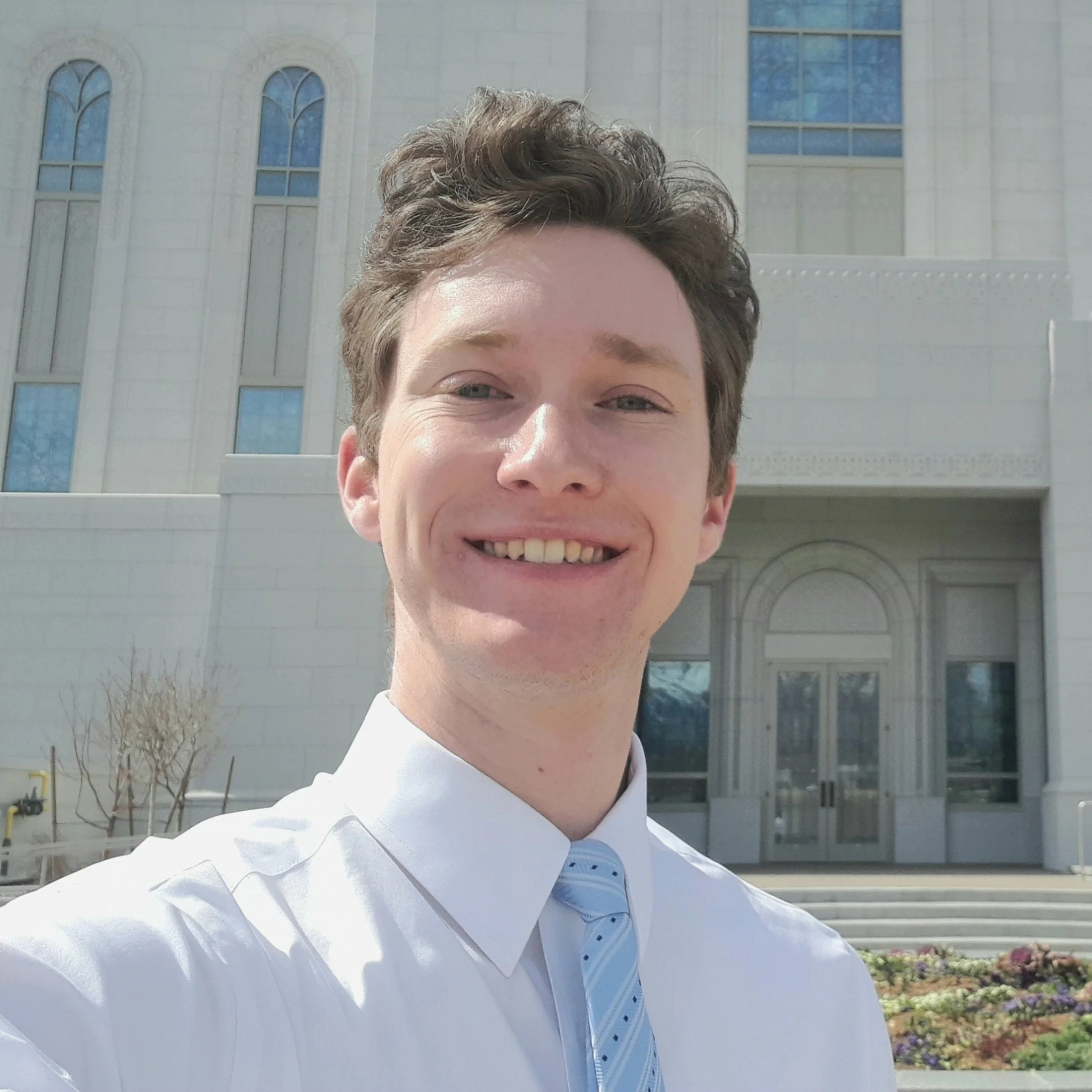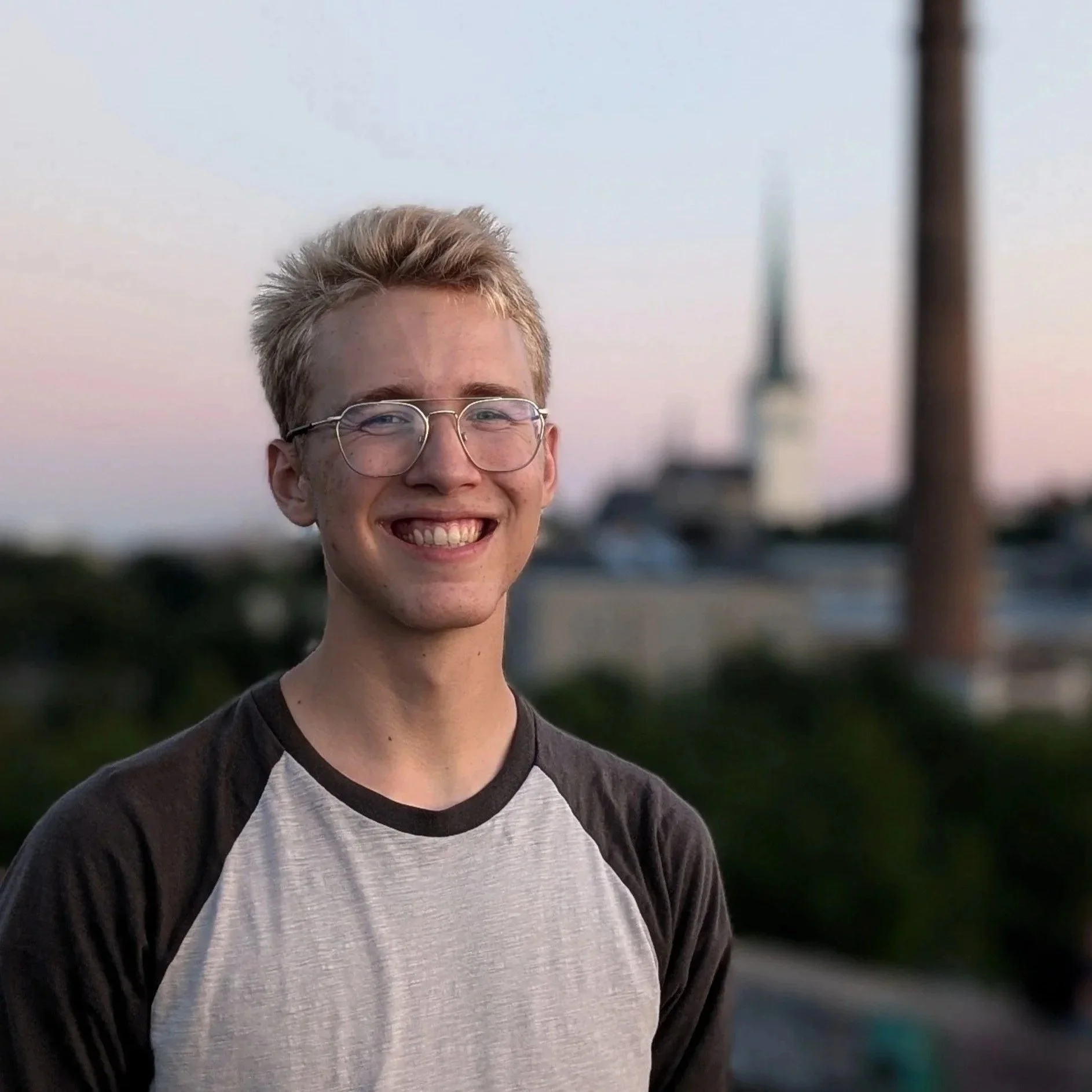The BYU Design Review is a collection of short design-related editorials, interviews, product reviews, and commentaries on design techniques.
Our content focuses on traditional applications of engineering design but also addresses contemporary examples of design in the profession, design in our lives, and design in the world.
All content is peer-reviewed and curated by the BYU Design Review editorial board and reviewers. Potential contributors interested in submitting content should contact the editorial board at designreview@byu.edu
We sincerely hope you enjoy what is created and shared in the BYU Design Review. Follow our LinkedIn page and Instagram for article updates and fascinating insights into engineering design.
Officers
Dylan Conover
Editor
Dylan is an undergraduate engineering student, a research assistant with the CREATE Lab, and a volunteer English teacher. He strives to be a passionate designer because design teaches him how to value, understand, and enjoy the world on a higher level.
Emelia Sunday
Associate Editor
Emelia is a Mechanical Engineering student with many different interests. She is a research assistant for the Structural Dynamics lab, but she hopes to get into the product development and design aspect of engineering to improve aerospace possibilities.
John Salmon
Founder
Although not a student, John is a student of design - there is always more to learn and apply. He thinks innovation and creativity are the highest forms of intelligence and he believes design is at the core of making the world and oneself better.
Chris Mattson
Founder
While extroverts get their energy from being with people, and introverts get their energy from being alone, Chris gets his energy from creating things; alone and in groups! You will always find him working on a new project; he truly is a creative!
Blake Ipsen
Head of Outreach
Blake Ipsen is a junior studying mechanical engineering and a member of the BYU Design Review Editorial Board. His engineering origin story involves a traumatic experience on a roller coaster as a child which inspired him to later learn everything about the science of roller coasters and want to design them.
Ian Stubbs
Head of International Outreach
Ian is a mechanical engineering student who finds engineering especially exciting when it answers nagging questions and solves real problems. He loves to spend his time learning everything from engineering and physics to playing the piano and rock climbing.
Josh Engle
LinkedIn Specialist
Josh Engle is a Junior studying Mechanical Engineering. He enjoys anything related to cars and airplanes, 3D printing, and working on personal projects. He also enjoys music and loves to play piano when he has a moment to spare.
Dalton White
Facebook Specialist
Dalton White is a Mechanical Engineering student at BYU with a minor in Music. He loves creative problem-solving and enjoys reading, playing volleyball, listening to records, and spending time with family and friends.
Editorial Board Members
Joselyn Cortes
Joselyn is a junior studying Computer Engineering at BYU. Her interests include art, programming, and design.
Hunter Byington
Hunter is a BYU computer engineering undergraduate who works as a Junior Drone Engineer at Lystrup Maher. He is passionate about building things that fly, both in code and in reality. His downtime is for hiking and movies.
Nicholas Hardman
Nicholas Hardman is an undergraduate mechanical engineering student and a research assistant in the Neuromechanics Research Group at BYU. He is passionate about STEM, Eastern European languages, art, and biking. He intends to one day work for NASA and eventually become a professor of aerospace engineering.
Amber Buehner
Amber is a mechanical engineering student who loves art, running, and learning how things work! She also has a unique job writing and formatting K-12 textbooks, which is how she combines her love for learning with her love for design.
William Bowler
William is an undergraduate mechanical engineering student at BYU and a science and engineering reference assistant at the university library. He volunteers teaching principles of aerospace design in the BYU Aeronautics Association and, when he finds the time, dabbles in some of his own fantasy and science fiction creative writing.
Eli Smith
Eli Smith is an undergraduate student at Brigham Young University studying Mechanical Engineering. He works as a research assistant in the Structural Dynamics Research Group at BYU. Eli enjoys taking on projects that have real-world impact and loves finding creative, practical solutions to challenging engineering problems.


















